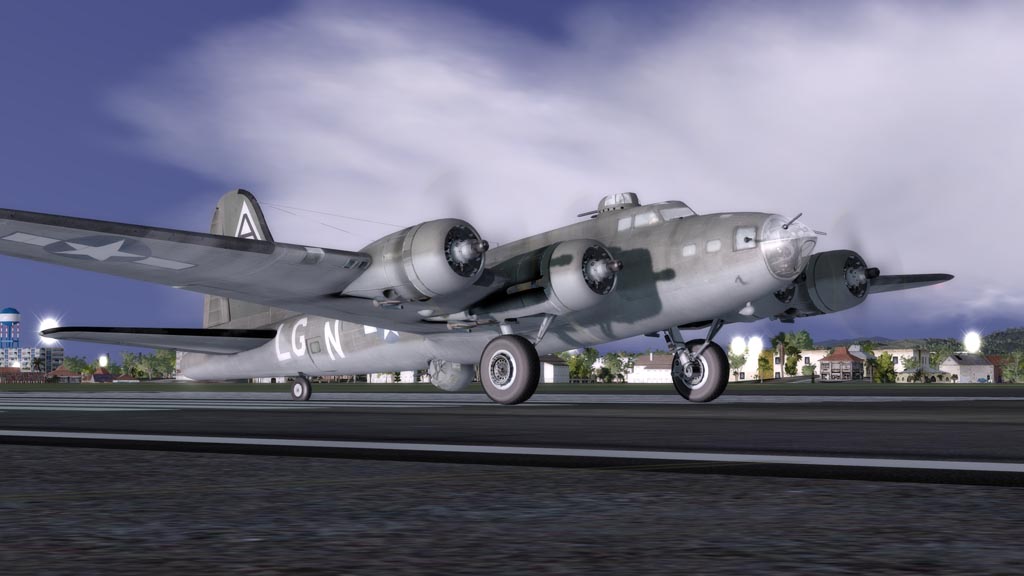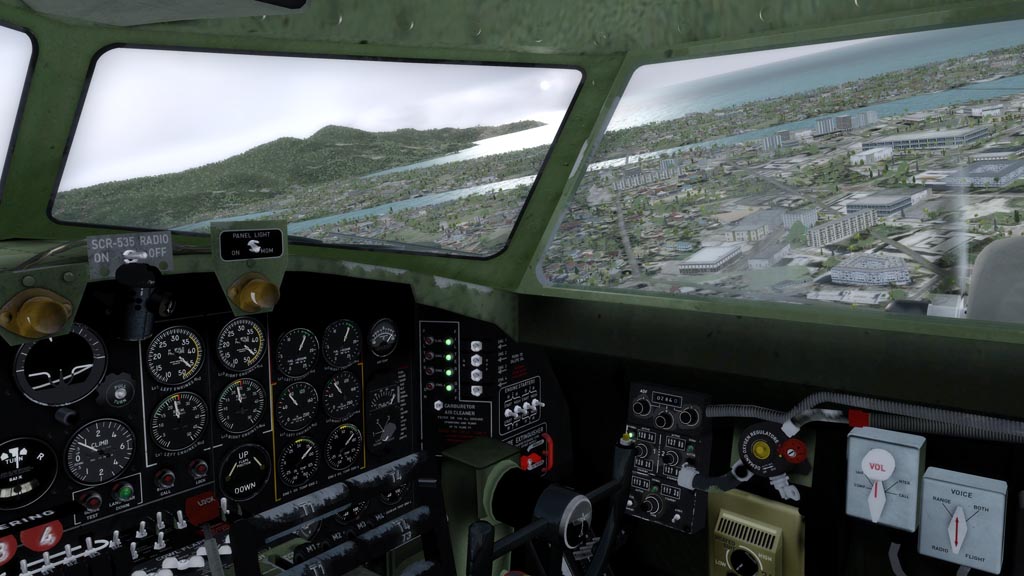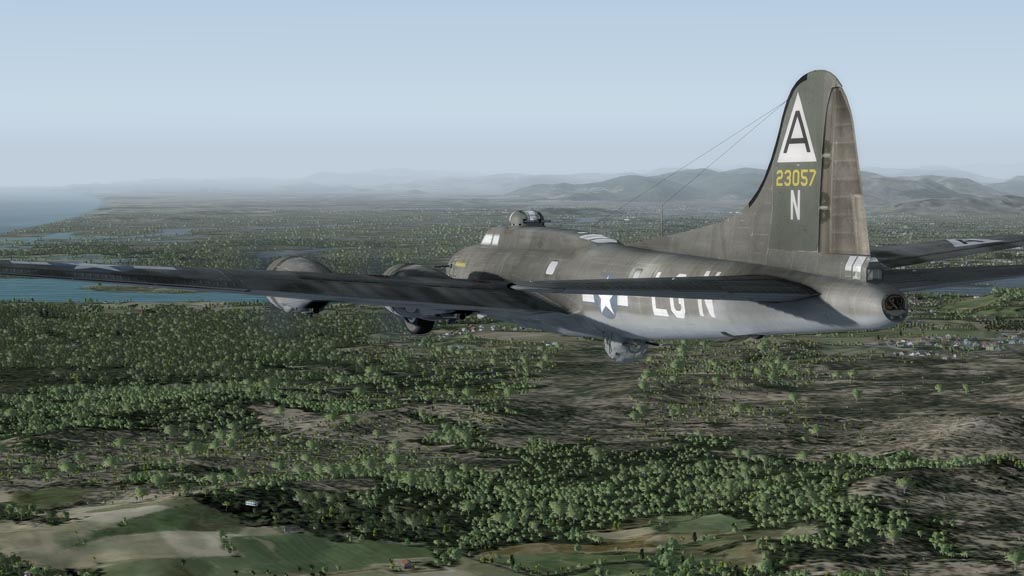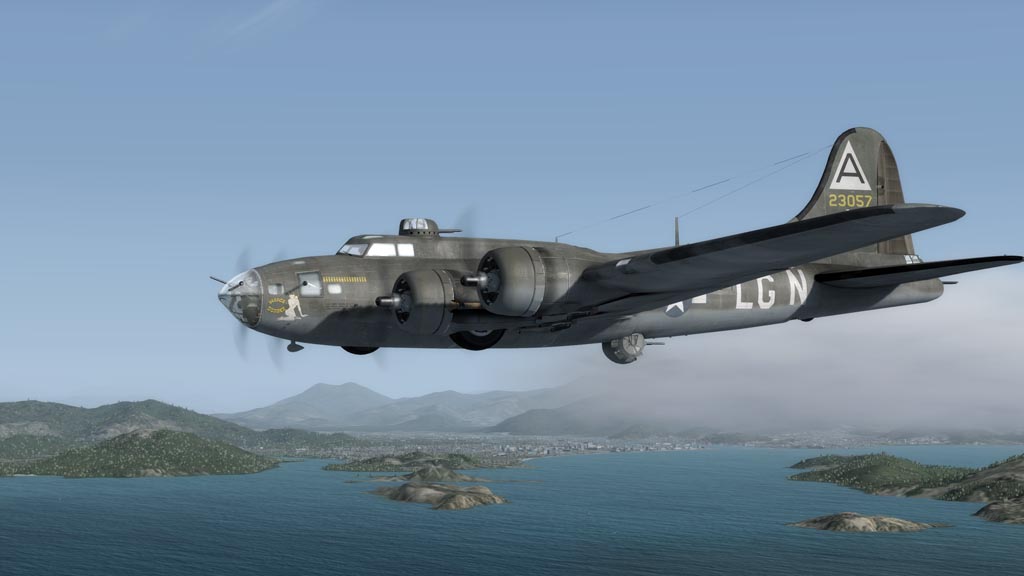June 15, 1924: Wade and Nelson arrived in Tourane hurried aboard the destroyer USS Noah, Onboard was Lt Lawton, advance officer for this region and M. Chevalier, representative from the Standard Oil Company. They checked there maps and determined to Lagoon Smith had landed on was outside the city of Hue. After conferring, Nelson and Chevalier proceeded by car to Hue find Smith while Noah would sail to Saigon to bring back a new engine for Chicago. Smith and Arnold had spent the rest of the day battling thirst and too much curious locals. After arriving in Hue, Smith and Chevalier proceeded by car and then by boat until about 3am they reached the Lagoon where Smith and Arnold waited exhausted. At daylight they arranged for Chicago to be towed, 25 miles up river to the city of Hue. By the 13th, Noah had returned from Saigon with a new engine and it was driven by truck to Hue along with Harding, Ogden and four volunteer sailors from Noah, The old engine was disconnected from Chicago and the new one installed, after a taxi test Smith and Arnold were back in the air for the 60 mile flight to Tourane, the entire episode from landing in the lagoon to getting back in the air had taken only 71 hours.
August 11, 2017: One thing the flyers did not do on this trip was cross the Equator, which is one thing that gave Australian Charles Kingsford Smith one of his claims to fame when in 1929 he finished the second around the world flight and the first that crossed the equator. While the flyers were working to help Smith and Arnold get out of the Jungle, I think I will make a short excursion to the City of Pontianak in West Kalimantan, Indonesia, which is 976 nm from Da Nang and whose airport is about 8 nm south of the Equator.
For this longer flight I getting ready a Boeing model 299 better known as the B-17. First designed to a 1934 requirement for a multi engine bomber, it ultimately lost the competition for that contract because the prototype crashed but its clear superiority let to 13 more being ordered for evaluation and eventually over 12,000 being built between 1938 when it was introduced and 1945 when production ended. Despite having a smaller bomb load and shorter range than the more numerous B-24’s it proved to be more durable and much better liked by the crews that flew them.
For my flight to Pontianak I will be using a B-17F by Aeroplane Heaven, which is very nice. The weather for takeoff was not bad, few clouds at 1500 feet, very light 1kn winds and temperature of 37C/99F. We flew at around 2500 feet along the coast until we were near the city of Vinh Tan, where we turned south out over the South China Sea. We stayed at 2500 feet until flying into a thunderstorm when I climbed to 8000 feet to try to get out of the worst of the turbulence, proceeded to Supadio Airport for a safe landing. Here are a few pics from the flight.
Ready for a dawn departure.
Climbing out of Da Nang.
Heading down the coast.
Nice profile.

 FSX
FSX







 Reply With Quote
Reply With Quote


Bookmarks